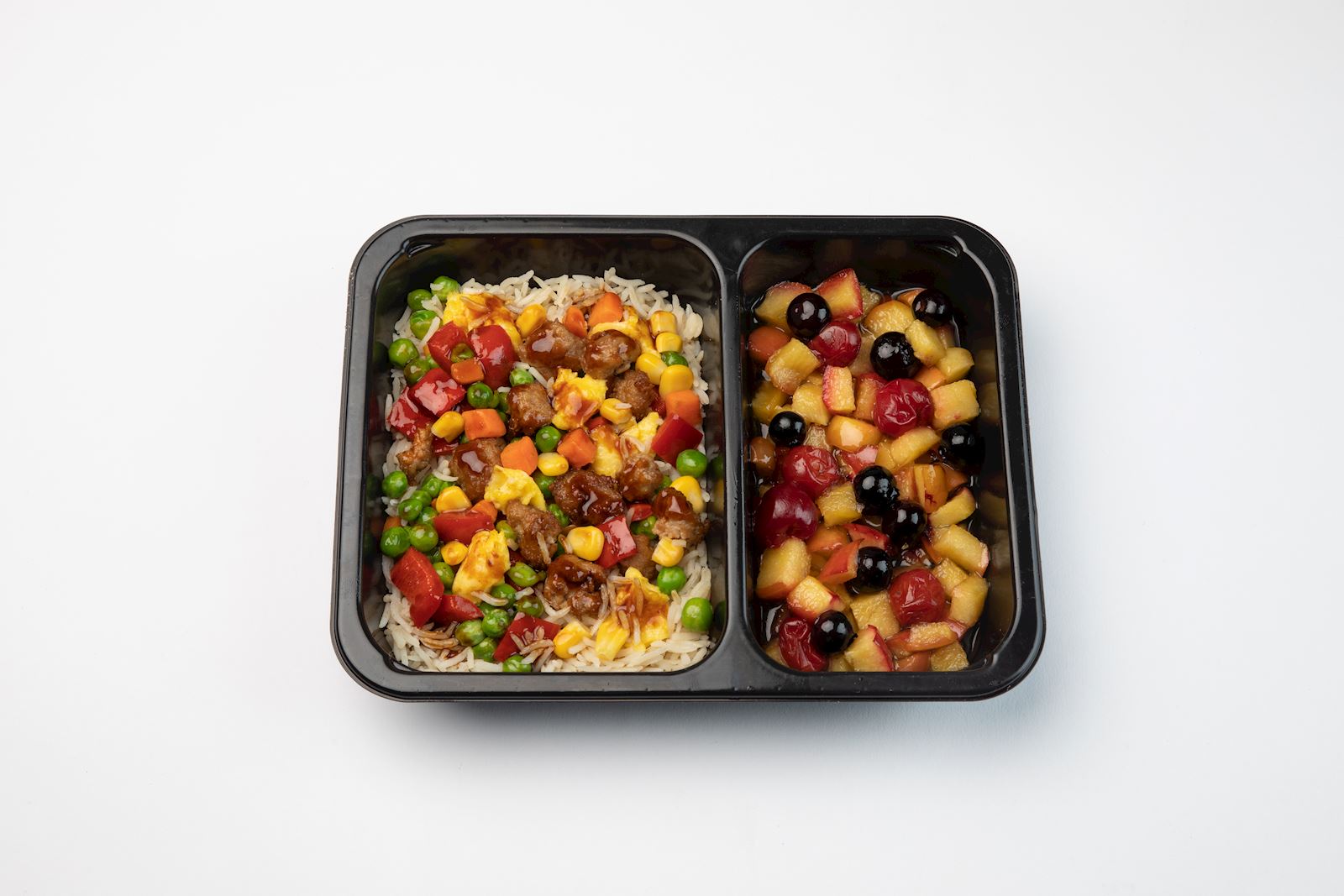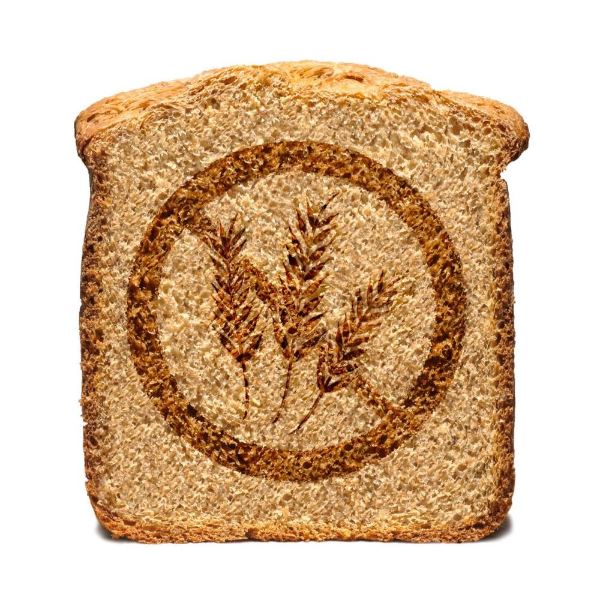If you’re one of the one in 100 people in the world who have celiac disease, avoiding gluten is just a matter of skipping bread and pasta, right? Wrong! Gluten is hidden in many products so people who need to avoid it — those living with celiac disease and gluten allergies — must educate themselves to protect themselves. They need to become “gluten sleuths.”
What is gluten?
Gluten, a protein found in wheat and some other grains including barley and rye, can damage the intestinal tract in people with celiac disease and cause a range of side effects for people with gluten allergies. The good news is that gluten sleuthing has become easier since the 2013 FDA Gluten-Free Labeling Rule. It requires food manufacturers that want to add gluten-free to their packaging to comply with the FDA’s definition of gluten-free, which is that the food has no more than 20 parts per million of gluten.
Since those food labels went into effect, gluten-free labeling has improved dramatically. However, people who need to avoid gluten should also check ingredient list on the foods they buy because gluten can hide in many products.
4 tips for gluten sleuthing:
1. Know the names. Most people who can’t eat gluten know that wheat, barley, and rye are to be avoided. But did you know that “malt” used in wheat is germinated, dried barley? And wheat comes in many forms including semolina, farina, spelt, emmer, faro, udon, and spelt? Educating yourself on the different names of grains and the ingredients they’re in will help you read the food labels more effectively.
2. Be sauce savvy. Salad dressings, marinades, ketchups, and mustards can be sources of hidden gluten because they may contain malt, made of barley; soy, made of fermented, crushed wheat; or modified food starch made from wheat.
3. Check your meds. Many people are surprised to learn that some medications and supplements use gluten as a coating or filler. Before you purchase over-the-counter medicine, vitamins, or supplements, check the labels. If you need a prescription, talk with your doctor about gluten-free options.
4. Meet the meat case. Processed meats including deli meat, hot dogs, and sausages may have gluten additives. And beware of meats sliced at the deli counter. Deli workers use the same slicers and knives for many products, creating a high risk for cross-contamination — when a gluten-free food contacts an item containing gluten via a knife, cutting board, or container. Other hidden sources of gluten in the “meat” category are vegetarian and vegan meat substitutes — such as veggie burgers, sausages, and bacon crumbles — that have gained so much popularity recently. They’re often made with seiten which is made from wheat gluten, or they include wheat gluten as a binder.
Being a gluten sleuth isn’t easy — it takes time, education, and vigilance. The bottom line? Remember the fresher the better. Fresh vegetables, fruits, eggs, fish and meat are naturally free of gluten. And when it doubt, leave it out of your cart and off your plate.
Mom's Meals® can help
If you or a loved one is living gluten-free, Mom’s Meals gluten-free meals are a smart option — no sleuthing required. They’re developed based on FDA gluten-free guidelines and are shipped right to your home.
Sources:
https://gluten.org/2021/03/23/43-foods-where-gluten-may-be-hidden/
https://www.fda.gov/food/nutrition-education-resources-materials/gluten-and-food-labeling
https://health.clevelandclinic.org/spot-secret-sources-gluten-infographic/



